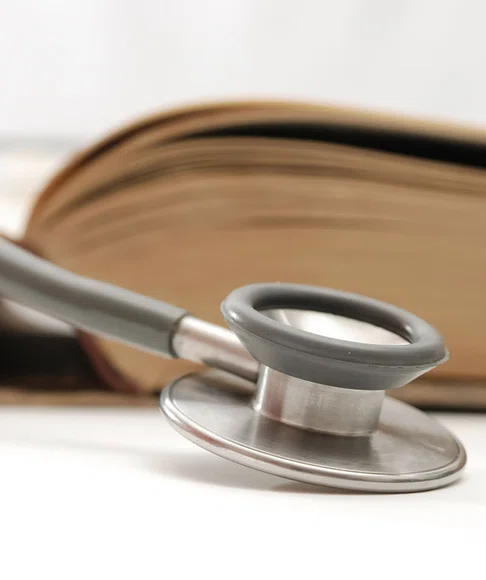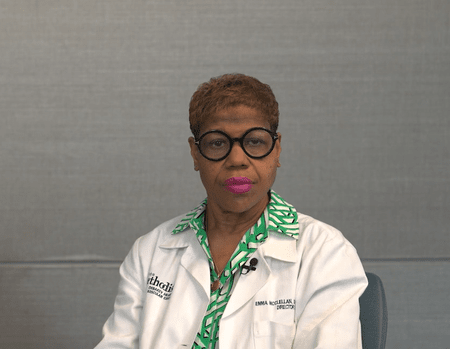© 2025. Houston Methodist, Houston, TX. All rights reserved.


In this
issue

WELCOME
NURSING SCIENCE
EDUCATION
PRACTICE

Nursing Documentation: Your Key to Safe and Effective Care

Nursing Documentation: Protecting Patients and Nurses
PROFESSIONAL DEVELOPMENT
MAGNET

Navigating the Legal Implications of Nursing in Achieving and Maintaining Magnet Designation

10th Annual Surgical Services Fair: A Milestone in Education and Teamwork
FROM OUR TEAMS

ABOUT DISCOVERN
NURSING SCIENCE
Legal Implications of Evidence-Based Practice in Nursing
By Teresa Kathleen Sparks PhD, JD, MSN, RN, Nurse Scientist, Houston Methodist Willowbrook
By Teresa Kathleen Sparks PhD, JD, MSN, RN, Nurse Scientist, Houston Methodist Willowbrook

E
vidence-based practice (EBP) in nursing integrates the best evidence, clinical expertise, and patient needs and values, narrowing the theory-to-practice gap that has long plagued health care (American Nurses Association, 2023). The benefits of EBP in nursing are numerous and include the promotion of positive patient outcomes, the incorporation of innovation into practice, increased relevancy of nursing care, and enhanced shared decision-making between patients and healthcare providers (American Nurses Association, 2023). Unfortunately, due to legal concerns, nurses may be hesitant to implement the best available evidence into clinical practice.
What are some of the legal implications of EBP in nursing?
Although often viewed as the gold standard, EBP has been scrutinized for its “cookbook approach,” reducing patient care to simpler pieces and parts, bypassing the complexity and context of each unique patient situation (Glancy & Saini, 2009). One such practice of simplification is the checklist, a standardized listing of evidence-based standards of care, developed in part to limit human cognitive failure (Glancy & Saini, 2009). Although research suggests that checklists may reduce error and promote consistency in care, the failure to follow and/or document care as dictated by the checklist specifications may expose the nurse provider to unwanted liability (Glancy & Saini, 2009).
To combat this potential threat of liability, nurses need not look any further than the definition of EBP itself. Importantly, EBP focuses not only on the best available evidence – which should be evaluated routinely and updated as needed – but EBP also relies upon the clinical judgment and skill of the nurse. EBP is simply not EBP without the expertise, skill and judgment of the professional nurse. When nurses look beyond the checklist and use clinical judgment and expertise in the care of the patient, based upon the unique needs and values of the patient, the checklist can operate as it was originally intended, as an evidence-based standard of care reliant on the expertise of the professional nurse.
References:
American Nurses Association. (2023, June 1). What is evidence-based practice in nursing? Nursing World. https://www.nursingworld.org/content-hub/resources/workplace/evidence-based-practice-in-nursing/
Glancy, G.D. & Saini, M. (2009). The confluence of evidence-based practice and Daubert within the fields of forensic psychiatry and the law. Journal of the American Academy of Psychiatry and the Law, 37, 438-441.
Howie, W.O. & McMullen, P.C. (2010). Can checklists minimize legal liability and improve the quality of patient care? The Journal for Nurse Practitioners, 6(9), 694-697.









